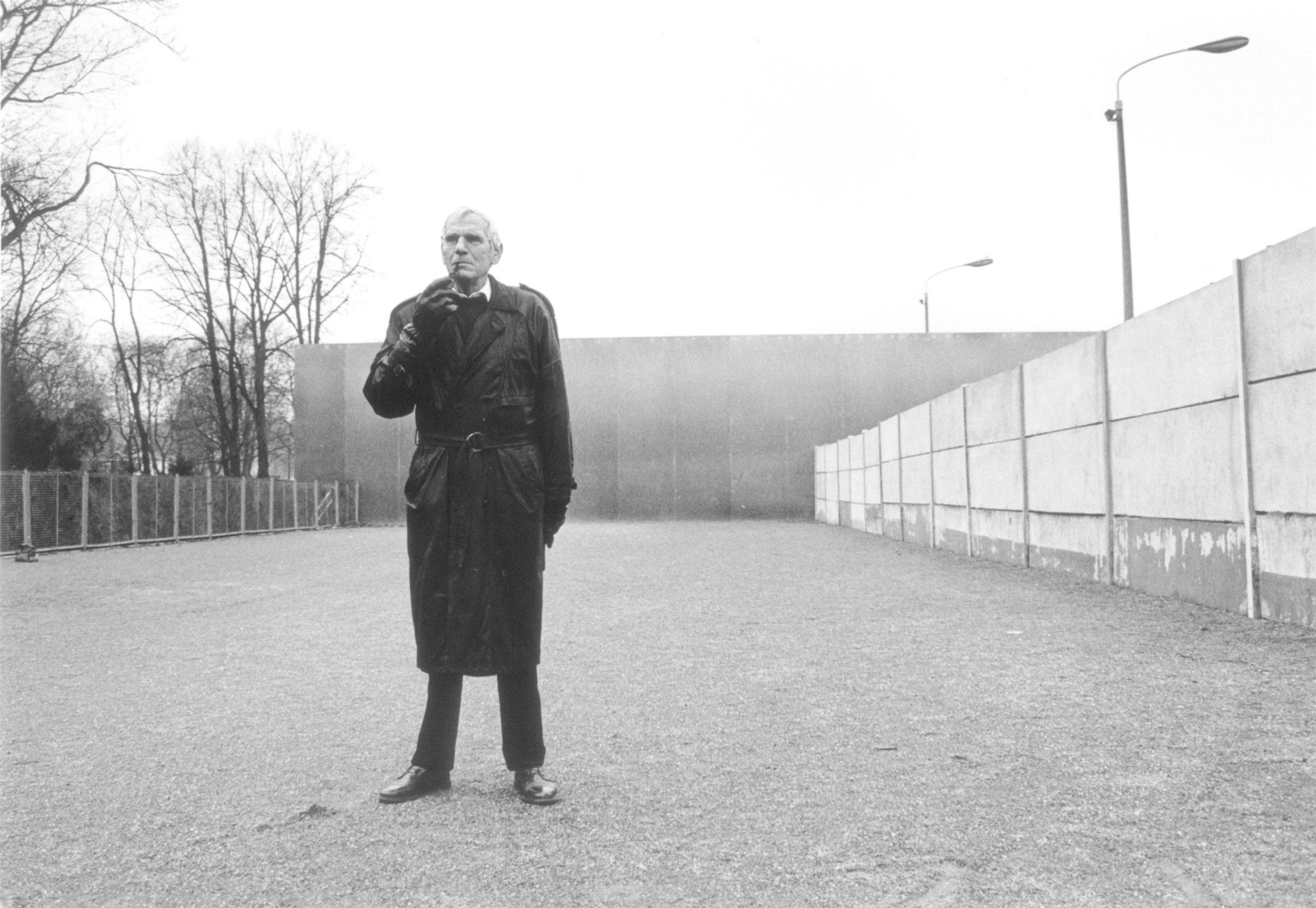
Lost Sons
As one of very few people, Hans Canjé went from West to East during the Cold War. In West Germany he was imprisoned for working for a communist radio station, in East Berlin he became a successful party member. His son Ingo was arrested there while protesting against the Wall. Later, Ingo fled from East to West. Three days later, the Wall came down. These are not the only parallels in the stunning double portrait Fredrik von Krusenstjerna made of father and son. In the reunited Germany Ingo Hasselbach, as he began to call himself, in turn became a political radical, as leader of the neo-Nazi movement in Berlin. Both worked as journalists, Hans Canjé for an anti-fascist magazine. But in his younger years he, too, proudly wore the Hitler Jugend shirt, a period he refused to discuss for a long time. In the meantime, son Ingo has left the neo-Nazi movement and is touring the country as a sympathetic talk show guest, speaking premonitory words. As it is, father and son have ended up at the same side of the political struggle. Still, they do not want to meet each other. Ingo’s psychiatrist, his brother Jens - also an ex-member of the neo-Nazis - and a writer friend add to this multilayered portrait. In the beginning of LOST SONS, Von Krusenstjerna says that he came to Berlin to see why the Nazis had returned. Eventually, he unravels a more complicated problem: how small the inner step is between political extremes, and how unbridgeable the gap can be between two people who are so alike in many ways.